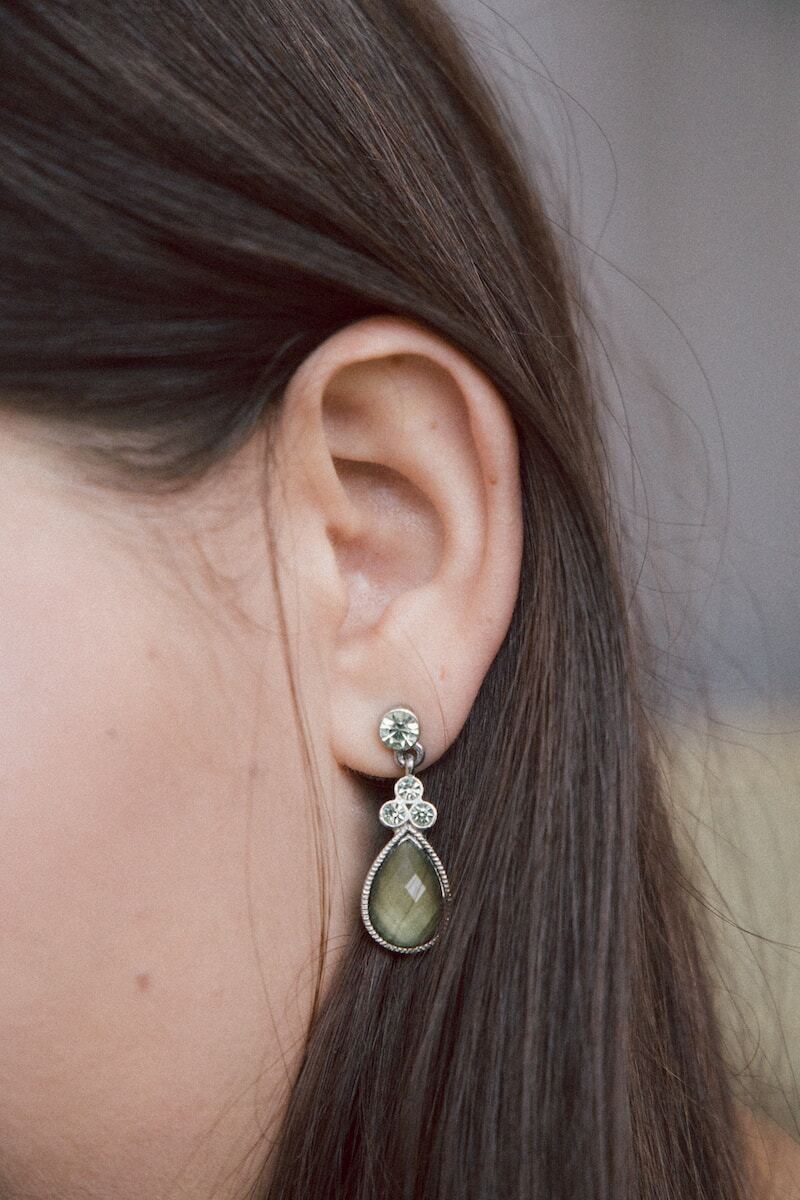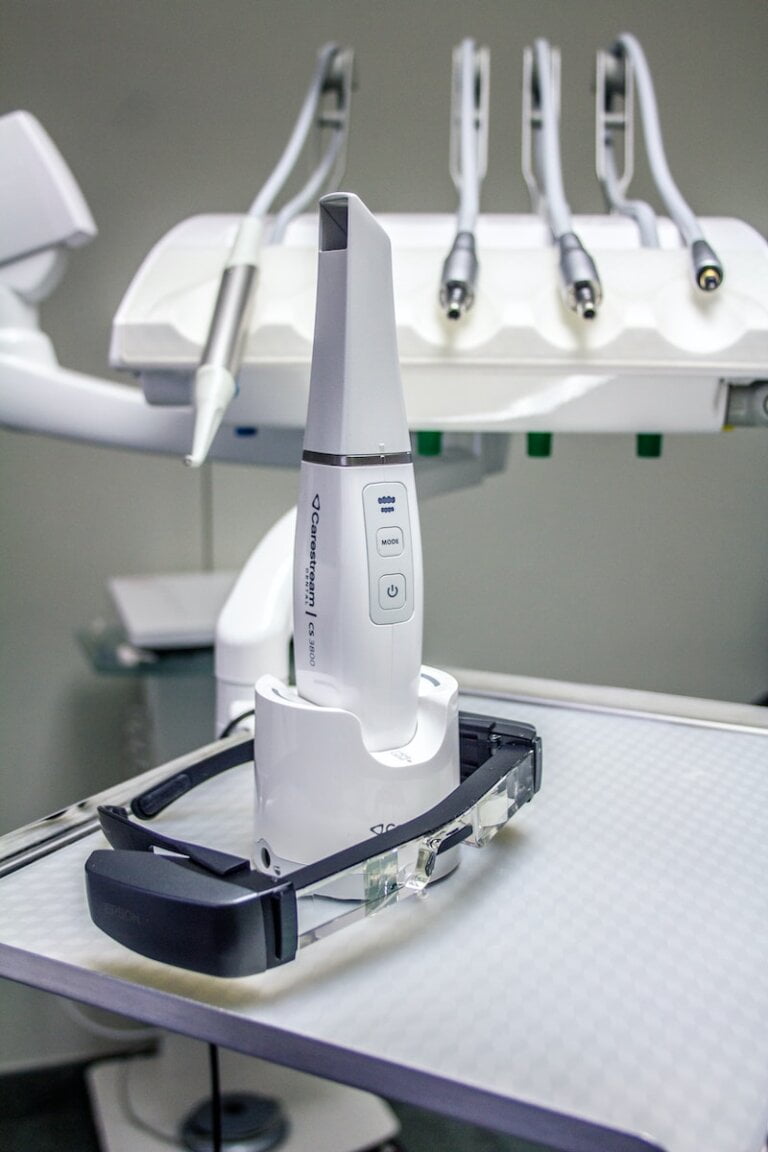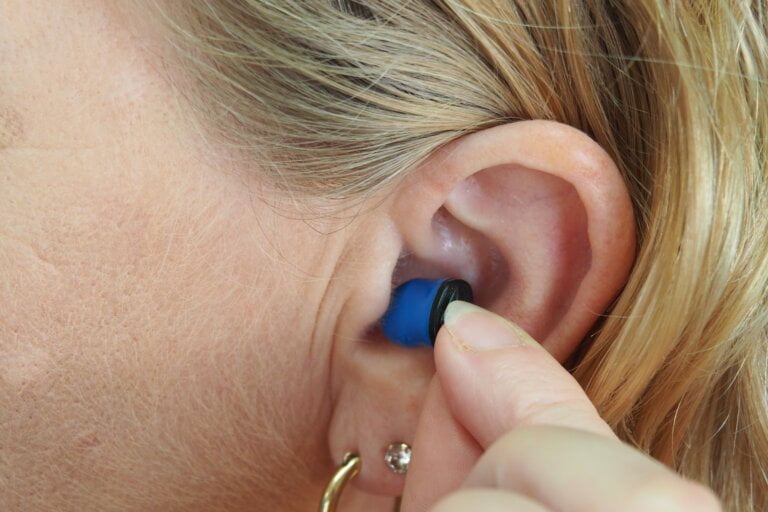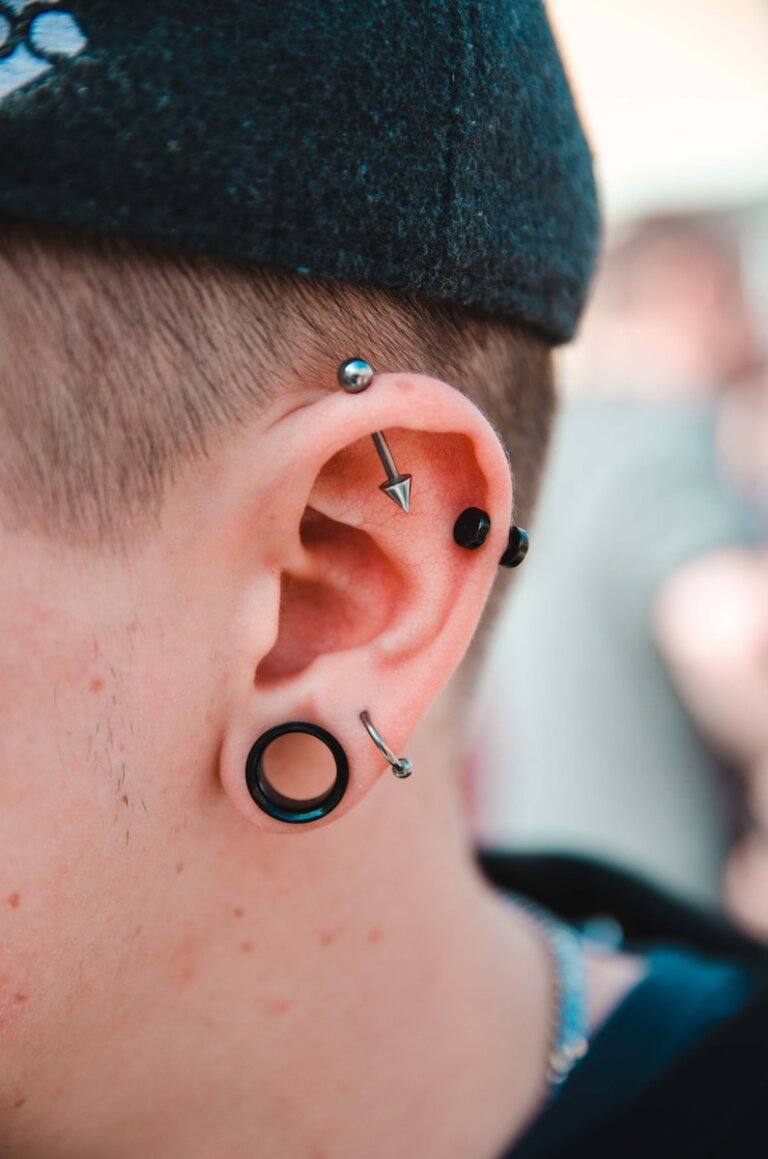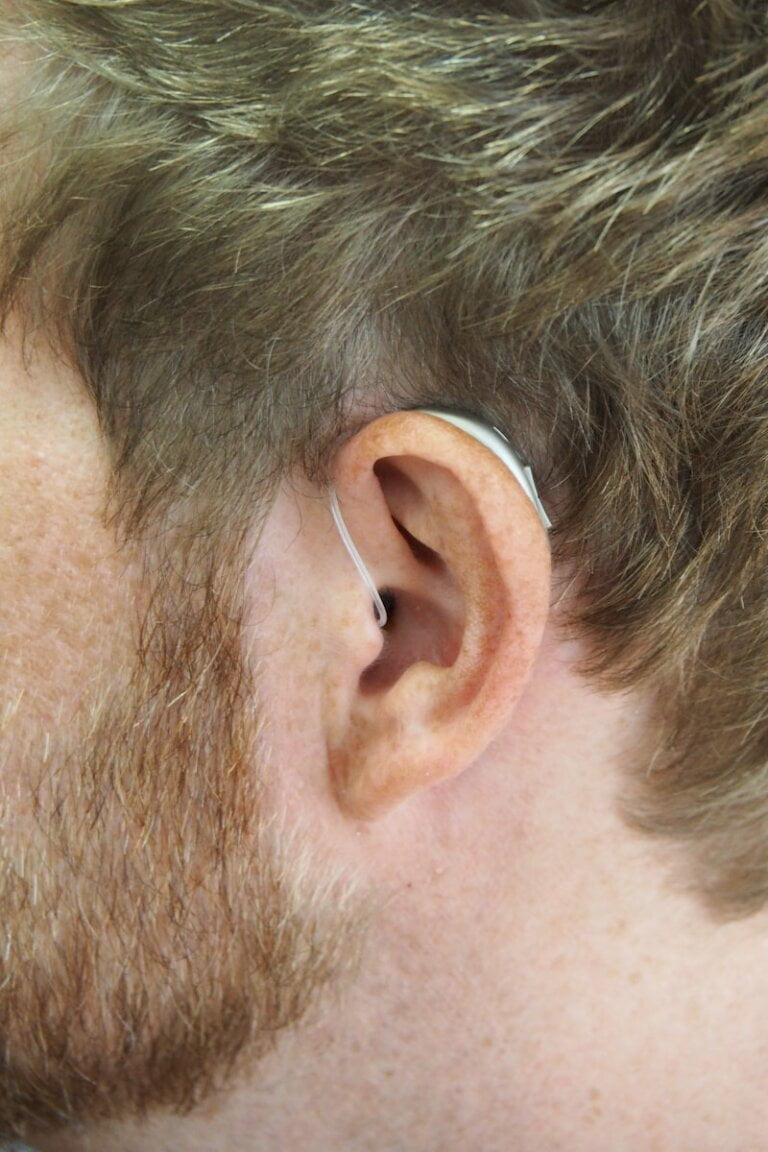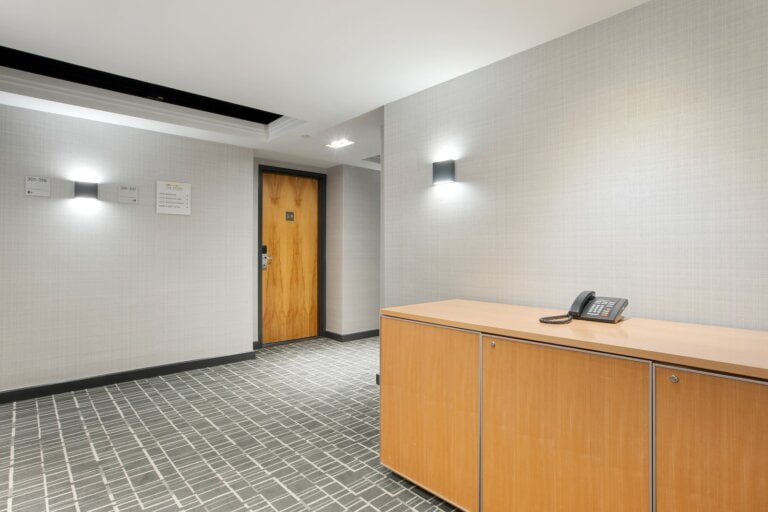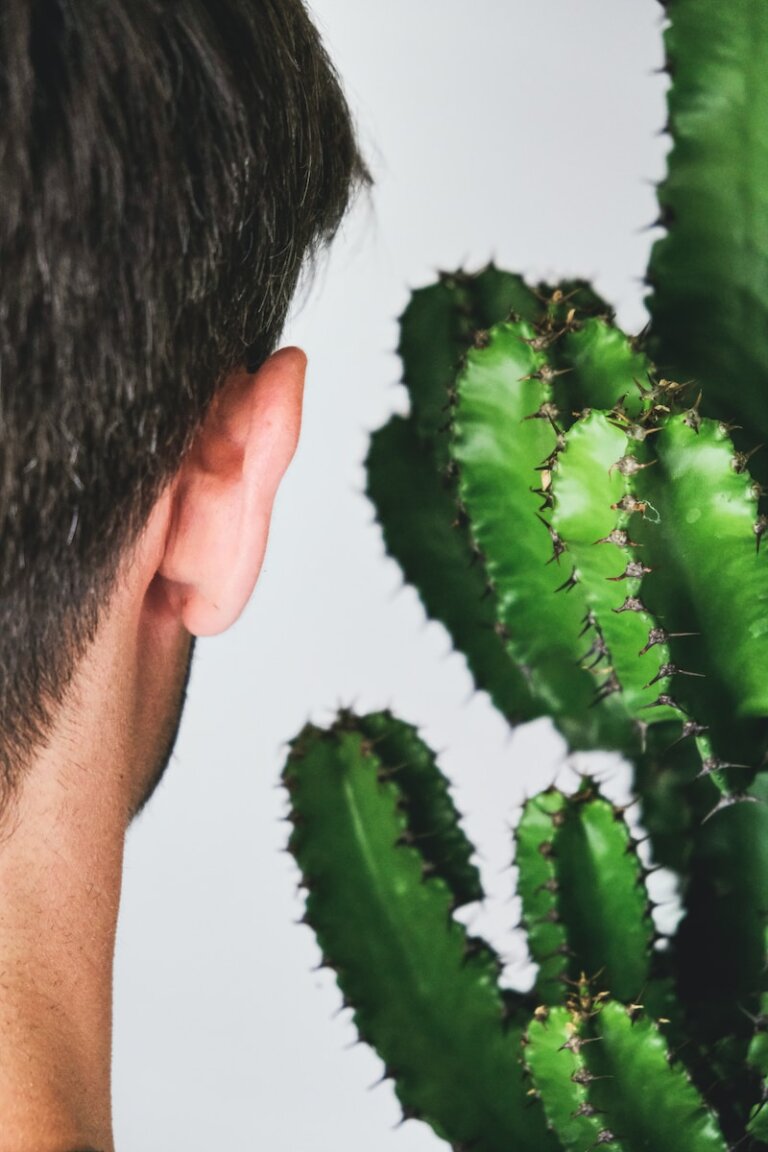Gentle Care: Mastering Safe and Effective Home Ear Cleaning Techniques
Last Updated on 25th April 2024 by Admin
Ear hygiene is an essential part of our overall well-being, and proper ear cleaning plays a crucial role in maintaining optimal ear health. While visiting a healthcare professional is recommended for severe or recurring ear problems, many routine ear cleaning tasks can be effectively performed at home. In this article, we will delve into the world of safe and effective home ear cleaning techniques, ensuring gentle care for your ears.
The Importance of Ear Cleaning
Regular ear cleaning is necessary to maintain good ear health. The ear produces cerumen, commonly known as earwax, which is a natural substance that protects the ear canal from dust, debris, and infection. However, excessive or impacted earwax can lead to discomfort, hearing problems, and even ear infections. Striking a balance between ear hygiene and earwax removal is crucial.
Proper ear cleaning helps to:
- Prevent Ear Infections: By removing excess earwax, you reduce the risk of bacterial or fungal infections that can thrive in moist environments.
- Improve Hearing: Accumulated earwax can block the ear canal, leading to temporary hearing loss. Regular cleaning ensures optimal hearing.
- Relieve Discomfort: Excessive earwax can cause earaches, itching, and a feeling of fullness in the ear. Cleaning the ears can alleviate these discomforts.
Tools for Home Ear Cleaning
Using the right tools is essential for safe and effective home ear cleaning. Here are some commonly used tools for home ear cleaning:
- Cotton Buds: While cotton buds may seem like an easy option, they should never be inserted into the ear canal as they can push the earwax deeper, leading to impaction and potential harm to the eardrum. Instead, use them to clean the outer part of the ear.
- Ear Drops: Over-the-counter ear drops can help soften the earwax, making it easier to remove. These drops usually contain olive oil or sodium bicarbonate. It is important to follow the instructions provided with the ear drops and consult a healthcare professional if you have any concerns.
- Ear Scraper or Spoon: These tools should only be used by professionals, as they require precise handling and can potentially damage the ear if used incorrectly. It is best to leave the removal of impacted earwax to a healthcare professional.
Safe Home Ear Cleaning Techniques
Now that we understand the importance of ear cleaning and have the right tools at hand, let’s explore some safe home ear cleaning techniques:
- Earwax Softening: Before attempting to remove earwax, it is advisable to soften it to make the process easier and less uncomfortable. This can be done by applying a few drops of over-the-counter ear drops, namely olive oil, into the ear canal. Follow the instructions provided, and wait for the recommended time for the drops to take effect. Softening the earwax helps to prevent pain and irritation during the cleaning process.
- Towel Drying: After any ear cleaning technique, it is important to thoroughly dry the outer ear to prevent moisture build-up, which can lead to infection. Use a clean towel to gently pat the outer ear dry, ensuring no excess moisture remains. Avoid inserting the towel into the ear canal, as this can push debris further inside.
- Avoid Inserting Foreign Objects: It cannot be emphasised enough that inserting foreign objects like cotton buds or hairpins into the ear canal is extremely dangerous and should be avoided at all costs. These objects can push the earwax deeper, potentially causing damage to the eardrum or ear canal. Instead, use a washcloth or tissue to clean the outer part of the ear.
When to Seek Professional Help
While home ear cleaning techniques can be effective for routine earwax removal, there are instances when it is best to seek professional help. It is recommended to consult a healthcare professional if:
- You experience sudden or severe hearing loss.
- You have persistent ear pain or discomfort.
- You notice drainage or bleeding from the ear canal.
- You have a history of perforated eardrums.
- You are uncertain about the safety of your home ear cleaning technique.
Remember, your healthcare professional is the best person to provide expert guidance and address any concerns or complications regarding your ear health.
Conclusion
Maintaining proper ear hygiene through safe and effective home ear cleaning techniques is crucial for good ear health. By using the right tools and following the recommended methods, you can ensure gentle care for your ears. Remember to avoid inserting foreign objects into the ear canal and seek professional help when needed. With regular ear cleaning, you can promote optimal ear health and enjoy the benefits of clear and comfortable hearing.

